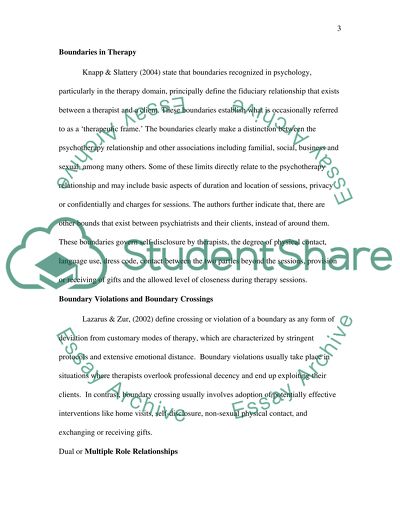Cite this document
(“Managing Boundaries and Multiple Relationships Research Paper - 2”, n.d.)
Managing Boundaries and Multiple Relationships Research Paper - 2. Retrieved from https://studentshare.org/psychology/1624053-professional-ethical-legal-issues
Managing Boundaries and Multiple Relationships Research Paper - 2. Retrieved from https://studentshare.org/psychology/1624053-professional-ethical-legal-issues
(Managing Boundaries and Multiple Relationships Research Paper - 2)
Managing Boundaries and Multiple Relationships Research Paper - 2. https://studentshare.org/psychology/1624053-professional-ethical-legal-issues.
Managing Boundaries and Multiple Relationships Research Paper - 2. https://studentshare.org/psychology/1624053-professional-ethical-legal-issues.
“Managing Boundaries and Multiple Relationships Research Paper - 2”, n.d. https://studentshare.org/psychology/1624053-professional-ethical-legal-issues.


